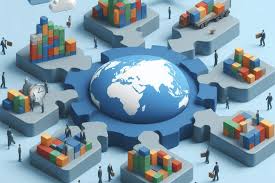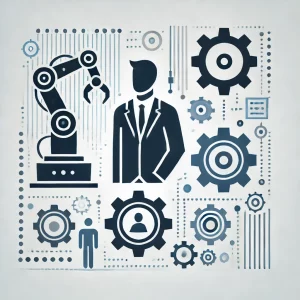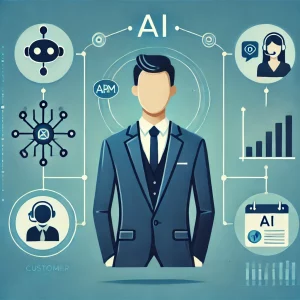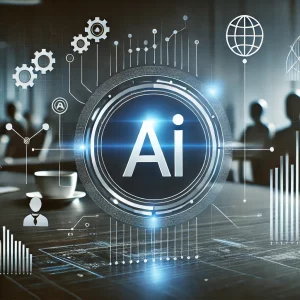Automation in Manufacturing The Road to Industry 4.0
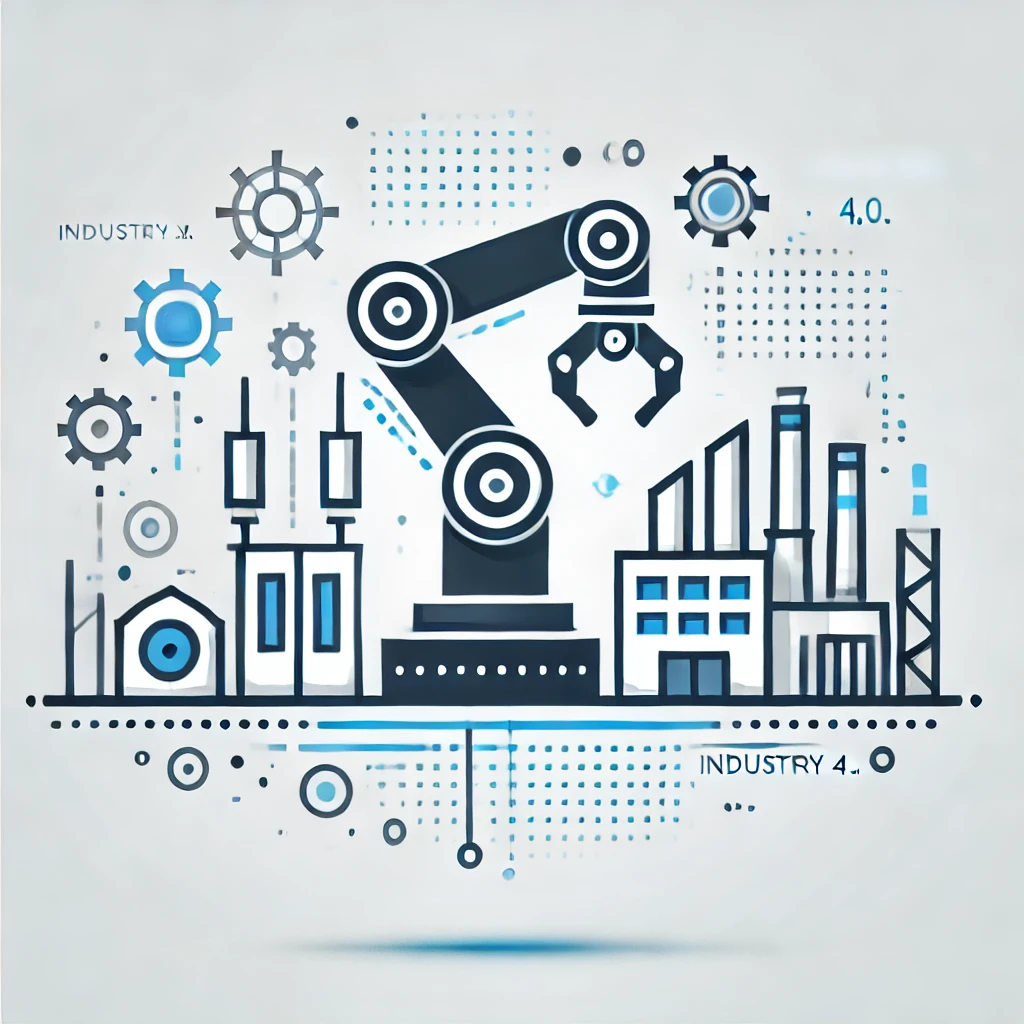
The manufacturing industry has been a cornerstone of economic development for centuries, evolving through various industrial revolutions. Today, we stand on the brink of a transformative era known as Industry 4.0—a paradigm shift powered by automation, smart technologies, and interconnected systems. Automation in manufacturing has become the driving force behind this evolution, reshaping how goods are produced, distributed, and consumed.
This article explores the role of automation in the journey toward Industry 4.0, highlighting its benefits, applications, and challenges, and envisioning the future of manufacturing.
Understanding Industry 4.0
Industry 4.0 represents the fourth industrial revolution, characterized by the integration of cyber-physical systems, the Internet of Things (IoT), artificial intelligence (AI), and big data into manufacturing processes. Unlike traditional automation, which focuses on replacing human labor with machines, Industry 4.0 emphasizes interconnected systems that communicate, analyze, and make decisions autonomously.
Key pillars of Industry 4.0 include:
- Smart Factories: Facilities equipped with advanced sensors, IoT devices, and AI algorithms to optimize production in real-time.
- Digital Twins: Virtual replicas of physical systems that allow manufacturers to simulate and predict outcomes before implementing changes.
- Big Data Analytics: Analyzing vast amounts of data generated by machines to uncover insights and improve efficiency.
- Autonomous Systems: Machines and robots capable of self-operation with minimal human intervention.
The Role of Automation in Industry 4.0
Automation is the backbone of Industry 4.0, enabling the transition from manual to intelligent manufacturing processes. It encompasses a wide range of technologies, including robotics, machine learning, additive manufacturing (3D printing), and advanced control systems.
1. Robotics and Automation
Modern manufacturing heavily relies on robots to perform repetitive, high-precision tasks such as assembly, welding, and packaging. Collaborative robots (cobots) are designed to work alongside humans, enhancing productivity while ensuring safety.
- Example: Automotive companies like Tesla and Toyota use robotic arms for assembly lines, achieving unmatched precision and speed.
2. IoT and Smart Devices
IoT devices enable machines to communicate with each other, share data, and optimize operations autonomously. For instance, smart sensors monitor equipment health, alerting operators to potential issues before they escalate into costly failures.
- Example: GE’s Predix platform uses IoT sensors to monitor machinery and optimize performance in real-time.
3. Predictive Maintenance
By leveraging AI and machine learning, automated systems can predict when equipment requires maintenance, reducing downtime and extending machine life.
- Example: Siemens utilizes AI-driven predictive maintenance in its factories, saving millions in repair costs annually.
4. Additive Manufacturing
3D printing allows manufacturers to produce customized components on demand, reducing material waste and shortening lead times.
- Example: Aerospace companies like Boeing use additive manufacturing to create lightweight, durable parts for aircraft.
Benefits of Automation in Manufacturing
Automation delivers a wide array of benefits, making it an essential component of modern manufacturing.
1. Increased Efficiency
Automated systems work faster and with greater accuracy than manual processes, significantly increasing production efficiency.
2. Cost Savings
While the initial investment in automation technology can be high, the long-term cost savings from reduced labor, waste, and downtime are substantial.
3. Enhanced Quality
Automation minimizes human error, ensuring consistent product quality. Advanced technologies like machine vision systems can detect defects with high precision.
4. Flexibility and Scalability
Automated systems can adapt to changing production requirements, allowing manufacturers to scale operations efficiently.
5. Improved Safety
Automation reduces the need for humans to perform dangerous tasks, enhancing workplace safety.
6. Sustainability
Automation optimizes resource usage and reduces waste, contributing to more sustainable manufacturing practices.
Challenges in Implementing Automation
Despite its advantages, the adoption of automation in manufacturing faces several challenges.
1. High Initial Investment
The cost of acquiring and deploying advanced automation technologies can be prohibitive for small and medium-sized enterprises (SMEs).
2. Workforce Displacement
Automation may lead to job displacement for workers performing repetitive tasks, necessitating reskilling and upskilling programs.
3. Integration Complexities
Integrating new automation technologies with legacy systems can be a daunting and time-consuming process.
4. Cybersecurity Risks
As manufacturing systems become more interconnected, they are increasingly vulnerable to cyberattacks. Protecting sensitive data and systems is paramount.
5. Dependence on Skilled Workforce
Operating and maintaining automated systems require a skilled workforce, which can be a challenge in regions with limited access to technical education.
Applications of Automation in Industry 4.0
Automation is transforming industries across the globe, from automotive and electronics to healthcare and consumer goods.
1. Automotive Industry
Automation has revolutionized the automotive sector, with robotic assembly lines, automated quality control, and predictive maintenance systems enhancing production.
- Example: BMW’s smart factories employ AI and robotics to customize vehicles according to individual customer preferences.
2. Electronics Manufacturing
High-precision automation is critical in the electronics industry for assembling intricate components like circuit boards and semiconductors.
- Example: Foxconn, a major electronics manufacturer, uses robotic arms for assembling iPhones and other consumer electronics.
3. Healthcare
Automation in healthcare manufacturing ensures the consistent production of medical devices, pharmaceuticals, and personal protective equipment (PPE).
- Example: Johnson & Johnson employs automated systems to produce sterile medical devices with high precision.
4. Consumer Goods
Automation enhances the production of consumer goods by optimizing packaging, labeling, and quality control processes.
- Example: Unilever uses automated systems to manage its supply chain, ensuring timely delivery of products to global markets.
The Future of Automation in Manufacturing
The road to Industry 4.0 is paved with opportunities and innovations. As automation technologies continue to evolve, their impact on manufacturing will only grow stronger.
1. Artificial Intelligence and Machine Learning
AI-driven automation will enable machines to learn from data, improving decision-making and operational efficiency over time.
2. Autonomous Factories
Fully autonomous factories, where machines handle everything from production to logistics, are becoming a reality. These smart factories will operate with minimal human intervention, maximizing efficiency and output.
3. Advanced Robotics
Next-generation robots will be more agile, intelligent, and capable of performing complex tasks, further expanding the scope of automation.
4. Personalized Manufacturing
Automation will facilitate mass customization, allowing manufacturers to produce personalized products at scale without compromising efficiency.
5. Sustainability
Automation will play a crucial role in achieving sustainability goals by optimizing resource usage, reducing waste, and enabling circular manufacturing practices.
Conclusion
Automation in manufacturing is not just a trend but a necessity for businesses aiming to thrive in the era of Industry 4.0. By embracing smart technologies, manufacturers can enhance productivity, improve quality, and achieve greater flexibility, all while reducing costs and environmental impact.
However, the journey to Industry 4.0 is not without challenges. Addressing workforce displacement, cybersecurity risks, and integration complexities requires strategic planning, investment in education, and collaboration between industry and government.
As we move forward, the convergence of automation, IoT, AI, and robotics will unlock unprecedented opportunities, ushering in a new era of intelligent, sustainable, and resilient manufacturing. Those who adapt and innovate will shape the future of this dynamic industry.
